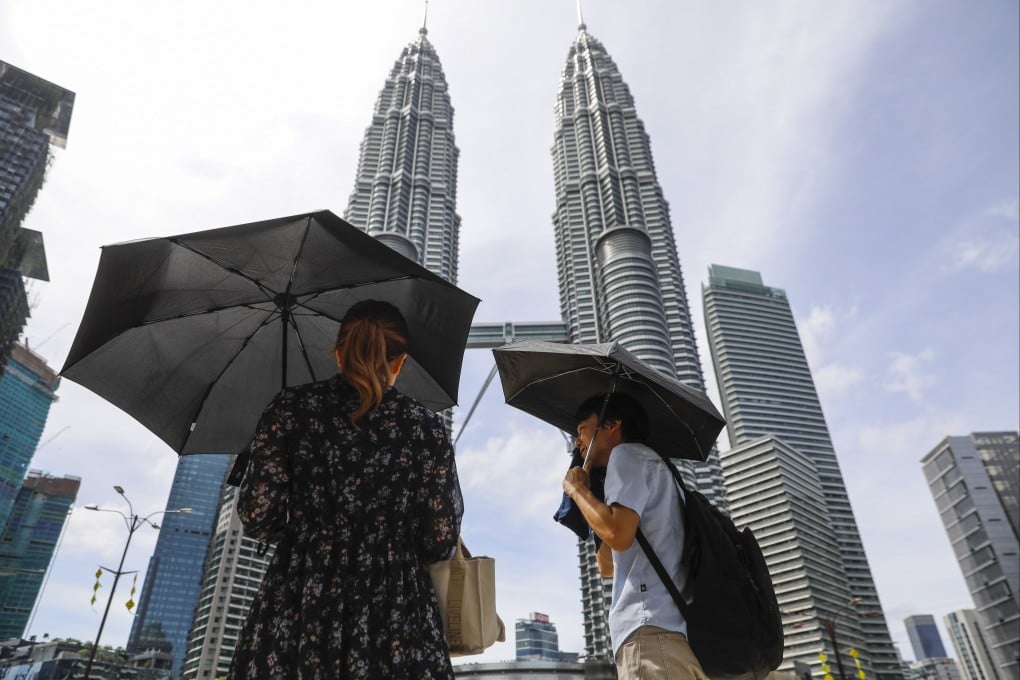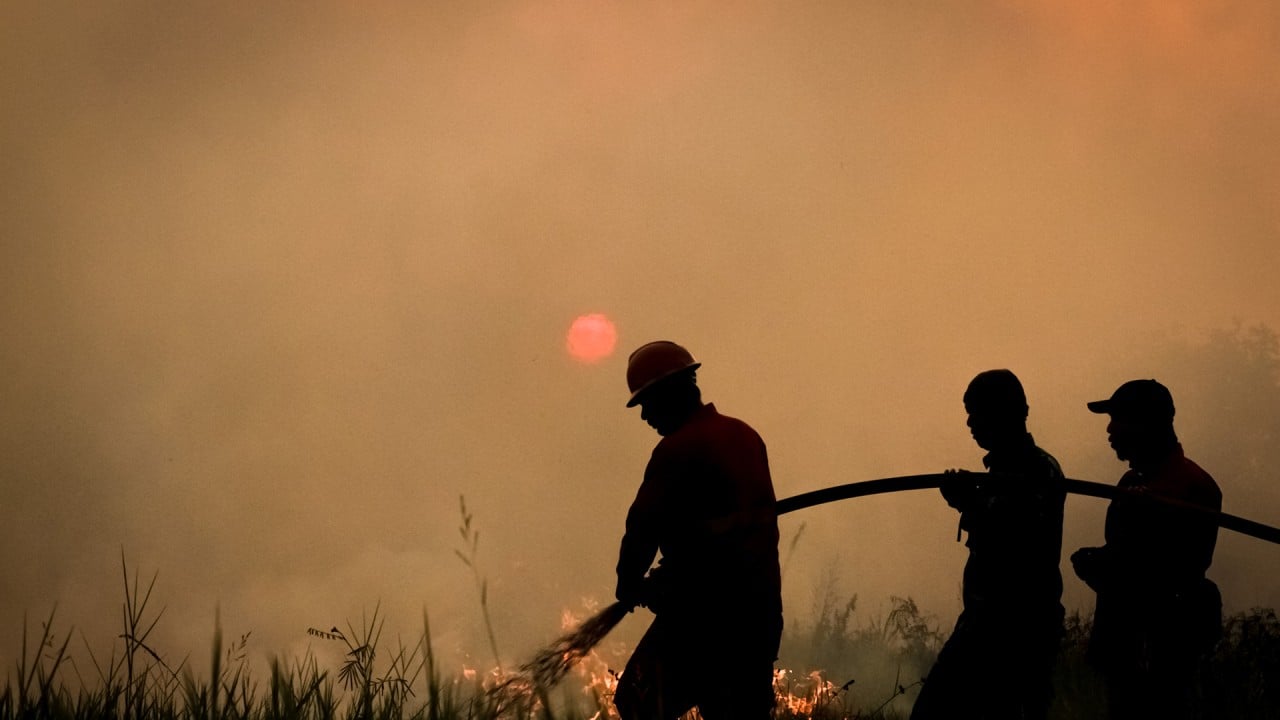Advertisement
Asia set for supercharged heat as El Nino looms after ‘hottest April’ ever
- Record temperatures have left millions from India to Malaysia sweltering as children die from dehydration, fire alerts are issued and roads melt
- Heat stress threatens agriculture and is adding to water shortage concerns in the Philippines, while Indonesia fears a return of 2015’s killer haze
Reading Time:5 minutes
Why you can trust SCMP
5

Ika Krishnayanti remembers all too well the last time massive, deadly forest fires swept Indonesia.
Later linked to more than 100,000 premature deaths across the country – as well as in neighbouring Malaysia and Singapore – from the killer haze that engulfed the region, the huge fires of 2015 left devastation in their wake.
They were whipped into a fury by a climate pattern known as El Nino, which prolongs Indonesia’s dry season and diverts its seasonal rains – effects that are only made worse as the world warms and its climate changes.
“The fires were very damaging to Indonesia and its farmers,” said Krishnayanti, a farmer herself and the Indonesian Farmers Association’s international relations officer.
“This year, if El Nino comes, Indonesia needs to be seriously prepared because of the harm that could again happen to our forests and to the farmers.”
For the past three years, an opposing weather phenomenon that generally lowers global temperatures slightly, called La Nina, has been in place, but climate scientists are now forecasting the return of El Nino in 2023 – and the hot, dry, fire-prone conditions it causes.
Advertisement
